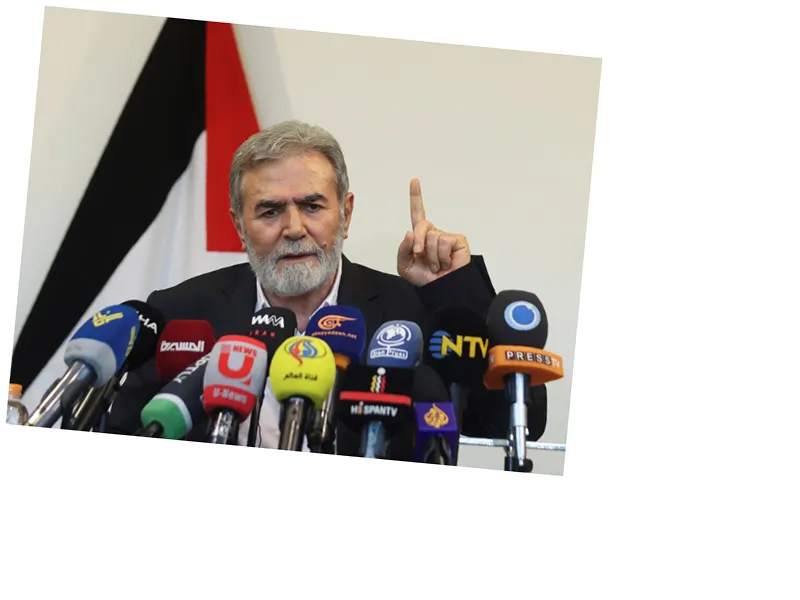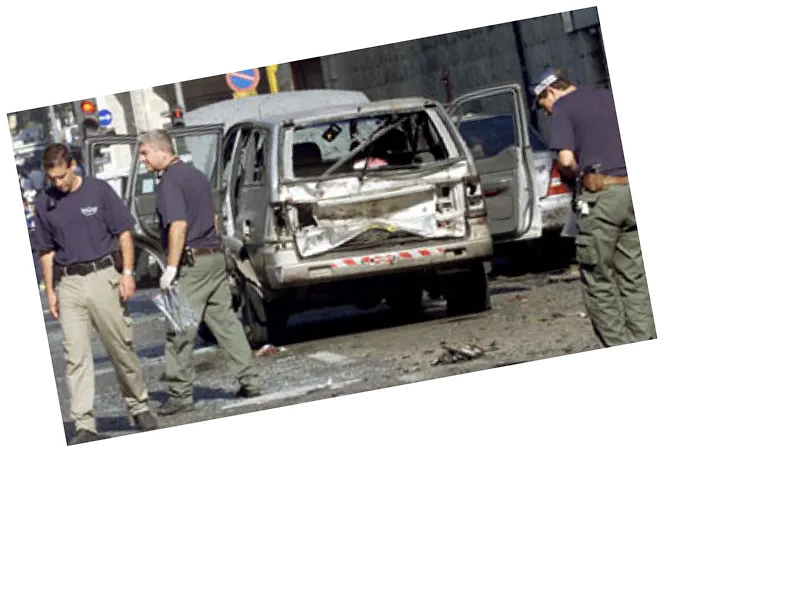The Israeli army has intensified its bombings throughout the Gaza Strip, from the north to the far south, including Rafah. This recent escalation of conflict, now entering its eighth month, has further aggravated the humanitarian crisis in the besieged Palestinian territory where Israeli forces continue to clash with Hamas fighters. Eyewitnesses reported that in the early hours of dawn, strikes targeted Rafah and Nuseirat in the central Gaza Strip, which has become a new focal point of the ongoing conflict.
According to the Israeli army, commandos discovered Hamas rocket launchers, tunnel openings, and weapons caches in central Rafah. These findings underline the strategic importance of Rafah in the conflict, where access to the 'Philadelphia Corridor'—a buffer zone on the Egypt-Gaza border—is crucial. The army announced the dismantling of a Hamas weapons store in the area, and two of its soldiers were killed during the operations, increasing the toll of Israeli military losses to 292 since late October.
In the central Gaza Strip, deadly night strikes have claimed the lives of 11 people in Deir al-Balah and the Nuseirat camp. Despite international condemnation, including a recent outcry following a deadly strike on a camp for displaced people in Rafah that resulted in dozens of deaths, the Israeli ground offensive in Rafah, initiated on May 7, continues. The aim remains the elimination of the last Hamas brigades in the densely populated city.
Israeli Prime Minister Benjamin Netanyahu, in an interview with the French station LCE, rebuffed accusations of deliberately targeting and starving civilians as 'anti-Semitic slander.' He emphasized that the proportion of civilian casualties compared to those among Palestinian fighters represents the lowest percentage in a street war scenario so far.
The ground deployment in Rafah has allowed Israel to take control of the 'Philadelphia Corridor.' According to Israeli army spokesperson Daniel Hagari, this area has been a critical 'oxygen artery' for Hamas, used to smuggle weapons into Gaza. Despite Egyptian President Abdel Fattah al-Sisi's claims of having destroyed many such tunnels upon taking office a decade ago, Israeli authorities argue that Hamas continued using these routes. Additionally, both Israel and Egypt blame each other for blocking humanitarian aid deliveries through the Rafah terminal—the only crossing point between Gaza and Egypt—which remains closed since Israeli forces took control of it in early May.
Amid mounting international pressure, discussions are anticipated to take place next week involving American, Egyptian, and Israeli officials to potentially reopen the Rafah crossing and to devise a plan to secure the border between Egypt and the Gaza Strip. The United Nations regularly warns of a potential famine in Gaza if aid does not resume in sufficient quantities. Despite ongoing debates, the humanitarian situation in Gaza persists as alarming, necessitating urgent resolutions.
- Four days after a lethal Israeli strike in Rafah, new details have emerged about the tragic event, which caused 45 deaths and left hundreds injured. The area targeted was northwest of Rafah in the Tal Al-Sultan region—a site including a UNRWA logistics center and the 'Kuwait Peace Camp 1,' an internally displaced person camp.
- Israeli army spokesperson Daniel Hagari defended the strike, saying it targeted a 'closed structure' away from tents and that two Hamas officials were killed in the attack. However, this has been met with differing accounts, as the Palestinian Red Crescent claimed the strike hit a humanitarian zone, which the Israeli army denied.
- Regarding the munitions used, IDF spokesperson Hagari revealed that small warheads weighing 17 kg were employed in the 'targeted' strike. A New York Times investigation confirmed these munitions as American GBU-39 bombs. This type of munition, known for its precision, is designed to 'perforate' obstacles but can cause significant fatalities in crowded areas.
- Hagari suggested the fire following the strike could have been exacerbated by secondary explosions from weapons stored nearby or other elements such as gas cylinders or fuel. Though the exact catalysts remain under debate, the incident exemplifies the severe risks of airstrikes in densely populated regions like Gaza.






